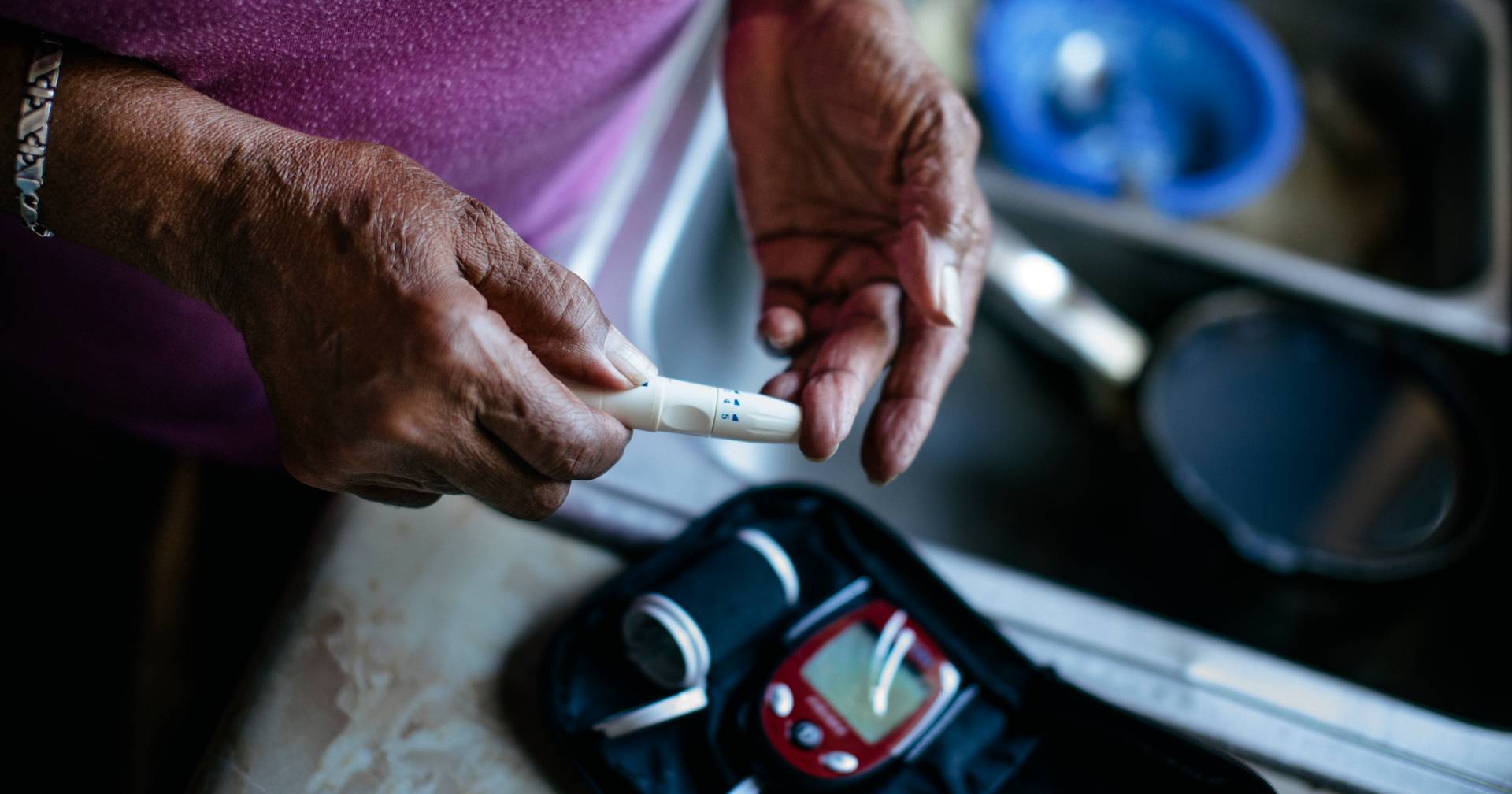Worldwide, about 40% of diabetes cases go undiagnosed, according to a new report Global Diabetes Industry Overview Report 2023Progressing The Guardian newspaper. The majority of undiagnosed cases occur in Africa (60%), Southeast Asia (57%) and the Western Pacific region (56%).
The study is the most comprehensive to date, and was conducted by the Aging Analysis Agency, a company that specializes in topics related to longevity and aging. The report, published on Thursday, collected data from more than 2,800 companies, 1,500 investors and 80 R&D centers.
According to the International Diabetes Federation, one in ten people has the disease, for a total of 537 million adults. In 2021, diabetes caused the death of nearly seven million people around the world, despite investing more than 921 billion euros in treatment, according to the report.
According to the report, three out of every four people with this disease live in low- and middle-income countries, where access to health services is difficult. “Limited healthcare infrastructure, including shortages of healthcare professionals and diagnostic equipment, prevents early diagnosis of diabetes,” Sasha Korogodsky, the study’s lead researcher, explained to The Guardian.
More than 530 companies specialize in diabetes diagnostics, but only 33 of them are located in the African continent, Southeast Asia and the Western Pacific.
One Study conducted by the NGO Health Action International (“Health Action International”) He points out that insulin, the medication needed to treat diabetes, costs on average 10 times more in underdeveloped countries than in developed countries. Half of the population in Africa cannot get the medical care they need, said Caroline Mbindiu, executive director of Amref Health Innovations, an NGO focused on health in Africa.
Speaking to The Guardian, Caroline Mbindio explains that accessing healthcare is not always easy: many people take hours or days to access healthcare services. Given the time spent traveling and the expenses involved, many “don’t even think” that it is possible to go somewhere that provides medical care. “It is impossible for them to access these services,” he adds.
The growth of urban areas and changes in agriculture caused by the climate crisis have led to an increase in the production and consumption of processed foods. “Combined with the shift to more sedentary lifestyles, especially in urban centres, this leads to an increased risk of developing type 2 diabetes,” says Caroline Mbindio.
In Portugal, the number of undiagnosed cases reflects the global reality. Between 2014 and 2021, the number of people infected with the disease increased by 20%, according to a study. “Diário de Notícias” noted. This number may be higher, taking into account that more than 40% of cases remained undiagnosed in 2021, according to the World Health Organization. 2023 report from the National Diabetes Observatory.
Text by Eunice Barrera and edited by João Pedro Barros

“Wannabe internet buff. Future teen idol. Hardcore zombie guru. Gamer. Avid creator. Entrepreneur. Bacon ninja.”

